The New Model which is composed of 20 Areas of Infrastructure and 20 Areas of Operation provides an elegant system architecture that enables the efficient and effective operation of our socioeconomic infrastructure by synergistically incorporating all industries, trades, and sciences to work cooperatively as one symbiotic organism.
The 20/20 Plan presents a New Model of Government that is simple and elegant. Any person can easily understand how it operates. All of the components can easily fit onto a single page. This enables anyone to clearly see all of the operations in the system, it provides for complete transparency and accountability, and also makes it really easy to access resources and services. It provides an organized map that synergistically integrates every industry, trade, science, and invention that exists within the entire global socioeconomic infrastructure and can also be utilized as a universal cataloguing system to archive the entire domain of human knowledge. This model is a free and open source idea for the world.
The 2020 Plan provides a simple solution for getting rid of the immense government bureaucracy. Here’s how it works:
First, we eliminate the 1,000’s of miscellaneous agencies: boards, bureaus, committees, subcommittees, commissions, departments, offices, task forces, and the entire hodgepodge of indecipherable acronyms that make up the systems of government we have today.
The existing government is a bureaucratic nightmare. A Frankenstein monster with pieces horribly stitched together. There is a needless redundancy of operations. It has absolutely no cohesive order. It does not work together as one synergistic system. It wastes billions of dollars on administration without providing tangible services. It is entirely inefficient, ineffective, incompetent, and corrupt. No one is held accountable. There is no transparency. It is impossible to find basic facts such as how much money is spent or who is getting contracts. The existing government bureaucracy has led to the most technologically advanced and industrious society in the history of the world becoming totally destitute with a 35 trillion dollar debt, bankrupted economy, and collapsing infrastructure.
First step…throw away the old system right now directly into the garbage! Don’t worry we don’t need it anymore!
Second step…implement The 20/20 Plan. The new model being presented simplifies an infinite number of complex operations taking place into one synergistic system of just 20 Areas of Infrastructure and 20 Areas of Operation. This model of 40 areas incorporates all of the ongoing operations within the existing government structure so there is no loss of functionality. It also incorporates other domains outside of government that are critically essential to the functioning of society.
The 20 Areas of Infrastructure organize all of the industries, trades, sciences, and inventions existing within the entire global socioeconomic infrastructure into 20 simple categories which include every resource and service that keeps our world running.
The 20 Areas of Operation are composed of 20 specialized areas of expertise, analysis, and practical skill sets which are naturally required to optimally manage every function existing within the infrastructure most efficiently and effectively.
The entire system works together synergistically and each individual part compliments the whole operation as a symbiotic organism.
Problems with the Current System of Government
To better understand the critical importance of this plan, first look at the system we have in place today.
The Federal Government Can’t Account for How Many Agencies Exist
Currently, USA.gov has an A-Z Index of 405 agencies.
But in the Federal Register, 457 agencies were “found”.
The US Government Manual lists 193 agencies under the executive branch, 15 under the judicial branch, 9 under the legislative branch, 8 “quasi-official” agencies, and actually publishes a special list of 48 “other” boards, commissions, committees, and councils that are specifically ”not listed elsewhere in the manual” for a total of 273 agencies.
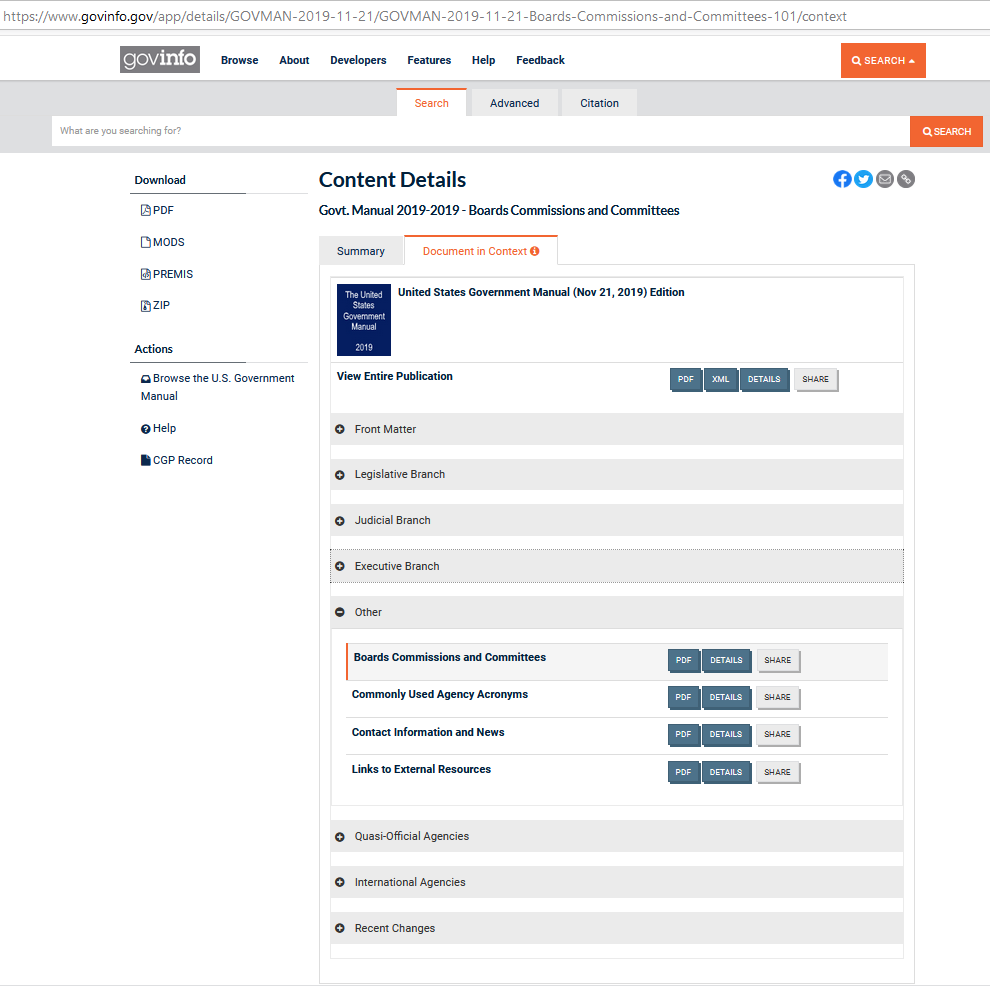
The Freedom of Information Act website at FOIA.gov lists 119 agencies.
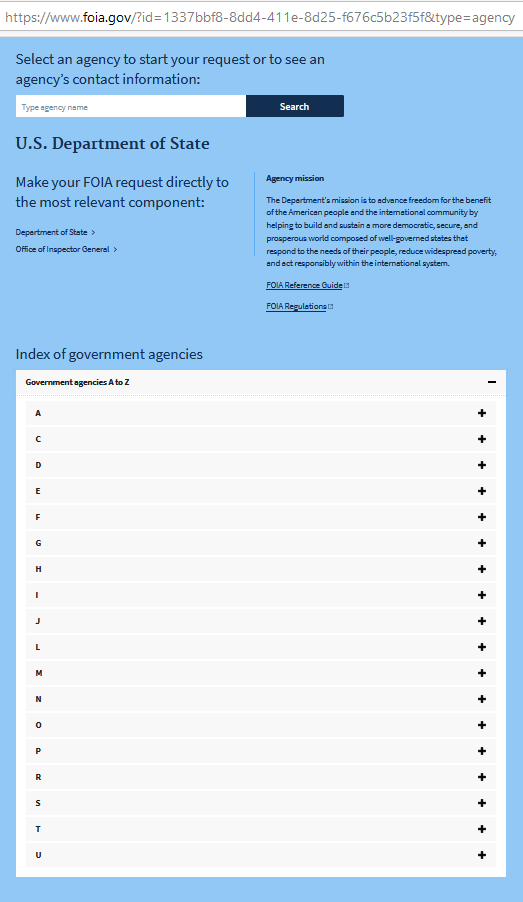
And regulations.gov, “your voice in federal decision making”, lets you browse through a list of 299 agencies…and good luck trying to find anything.
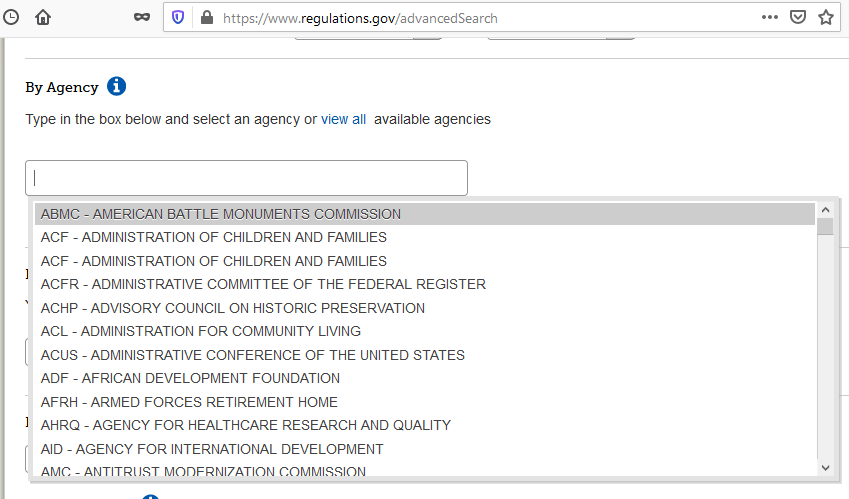
How are we supposed to have any basic transparency and accountability of all the money being spent when after all these many years THE GOVERNMENT CAN’T EVEN FIGURE OUT HOW MANY AGENCIES EXIST!
Currently there is No Logical Order to How Government Agencies are Organized
These agencies do not make any sense whatsoever in the way they are randomly and haphazardly named, organized, and categorized. There is no cohesive systemology, ontology, classification, or taxonomy. It’s not particularly clear as to what actual purpose is being fulfilled by all of these thousands of miscellaneous agencies.
Agencies are composed of random things mashed together like the Bureau of Alcohol, Tobacco, Firearms, and Explosives under the Department of Justice…that’s a great one. But don’t get that confused with the Alcohol and Tobacco Tax and Trade Bureau under the Department of Treasury which is a totally separate agency.
Having a Food and Drug Administration doesn’t make any sense because “food” and “drugs” are not related and don’t belong in the same category. But then there is also the Food and Nutrition Service and the Food Safety and Inspection Service which are listed separately under the Department of Agriculture.
The Current Model of Government Agencies is Not a Synergistic System
Keep in mind that these separate agencies do not work together synergistically. For each independent agency there is a mind boggling amount of redundancy in all operations that taxpayers are burdened with paying for including:
- administration
- staff
- offices
- support teams
- websites
- databases
- apps and data portals
- procurements and contracts
- grants and funds
- benefits and pension systems
And after all of this immensely costly and labor intensive effort, no one can even figure out how many agencies exist and it is impossible to simply navigate the system because there is not a single index or site map.
A Universal Classification System
Currently there are different classification systems used for industry, occupations, and library sciences. Information is classified and indexed in different ways using different ontologies, taxonomies, and systems that at the moment do not correspond to one another cohesively. Yet in the world all of these subjects are entirely interrelated and must be incorporated into a single system.
The 20/20 Plan is offering a new Universe Classification System that integrates all of the various classification systems into one single index.
The new model presented in The 20/20 Plan seamlessly incorporates all industries listed in the North American Industrial Classification System.
The 20/20 Plan also incorporates all professions and trades listed in the Standard Occupational Classification System.
Surprisingly, right now these two classification systems do not correlate with one another and industries are classified completely differently than occupations. One would logically assume that the trades which compose the industries would naturally go together and should be organized accordingly but at the moment this is not the case.
This problem is effectively resolved by the new model consisting of 20 Areas of Infrastructure and 20 Areas of Operation. The 20/20 Plan synergistically integrates all existing industries and occupations into a universal classification system.
Furthermore, the new model presented in The 20/20 Plan fully incorporates all formal sciences and all subject areas of human knowledge contained within various library classification systems.
The Dewey Decimal System is divided into 10 categories:
The domain of human knowledge has exponentially increased since the time when the Dewey Decimal System was first invented. The Dewey Decimal System is very much outdated and if you look, many subcategories are simply listed as “not assigned or no longer used”.
The Universal Decimal System is divided into a different grouping of 10 categories:
The Library of Congress Classification System is divided into 21 categories.
The 20/20 Plan introduces a new information management protocol to optimally catalogue the vast archives of media content into a global library system.
As you will see, this new model is a multipurpose tool that has many useful applications.
The 20/20 Plan seamlessly integrates a working model for government that directly corresponds to all of the industries and trades which keep the world running and also all of the formal sciences and subject areas in the entire domain of human knowledge.
It is our collective human spirit of industriousness, creativity, and intellect that makes up the true power of our socioeconomic infrastructure. This is a free and open source model to bring all of our creative forces together as one unified body of mindful energy that has the divinely sanctioned power to transform the world.
We Need A New System, Not Another Politician
There is NOT ONE politician who offers ANY type of viable solution for this immense problem of fixing the outdated and inefficient nightmare of government bureaucracy. This is a job best suited for SYSTEMS ENGINEERS.
Instead of voting for any politician who will make an empty promise to set up a special task force just as soon as they get elected into office in order to start figuring all of this really important stuff out, together we can elect to establish an entirely new interface for government that is ready to transition into action IMMEDIATELY!
This plan is not centered upon any individual but is about manifesting a new idea and developing an entirely new open source interface for decentralized government that can be utilized everywhere.
The bureaucratic nightmare that exists in the federal government also exists in pretty much every state, county, and municipal government as well…hate to break the bad news.
Don’t worry! The 20/20 Plan can be applied locally, regionally, nationally, or even globally and is entirely scalable.
The 20/20 Plan – A Solution for A New Decentralized Operating System
The 20/20 Plan is a solution for developing a decentralized operating system that can be freely adopted anywhere.
The 20/20 Plan is a system that embodies the true law of nature and the conservation of charge, enabling zero net loss, and will guarantee 100% without any shred of doubt whatsoever, that every penny can easily be accounted for with complete and total transparency. This can be guaranteed with absolute certainty, because with this system the politicians NEVER get their hands on your money! As a matter of fact bureaucrats aren’t even necessary and don’t exist at all within this system. Should have mentioned that earlier.
The 20 Areas of Infrastructure and 20 Areas of Operation are designed to facilitate all of the programs and functions that are now existing within our current system of government, but within an elegant new framework that enables money to be directly invested into actual resources and services rather than being spent on administrative costs…and to do so, this plan entirely eliminates all politicians and bureaucrats from the equation, and naturally gives us all the INDIVIDUAL POWER AND PERSONAL AUTHORITY to directly invest OUR OWN MONEY into all sorts of great projects that together we create.
Trillions of Dollars are Wasted on Fragmented, Duplicating, and Overlapping Government Agencies
Starting at the federal level, the Government Accounting Office reports that “fragmented, duplicating, and overlapping” government agencies waste hundreds of billions of federal dollars every year on multiple programs all designed to serve the exact same function.
Trillions of Dollars are Wasted by “Improper Payments”
The government has mistakenly issued over a hundred billion dollars a year in improper payments.
Trillions of Dollars are Wasted on Useless Programs
The government wasted trillions of dollars of our hard earned tax money on programs that are entirely useless.
Not Able to Account for Trillions of Dollars
The government can’t account for 21 trillion dollars and regularly “cooks the books” to hide massive waste.

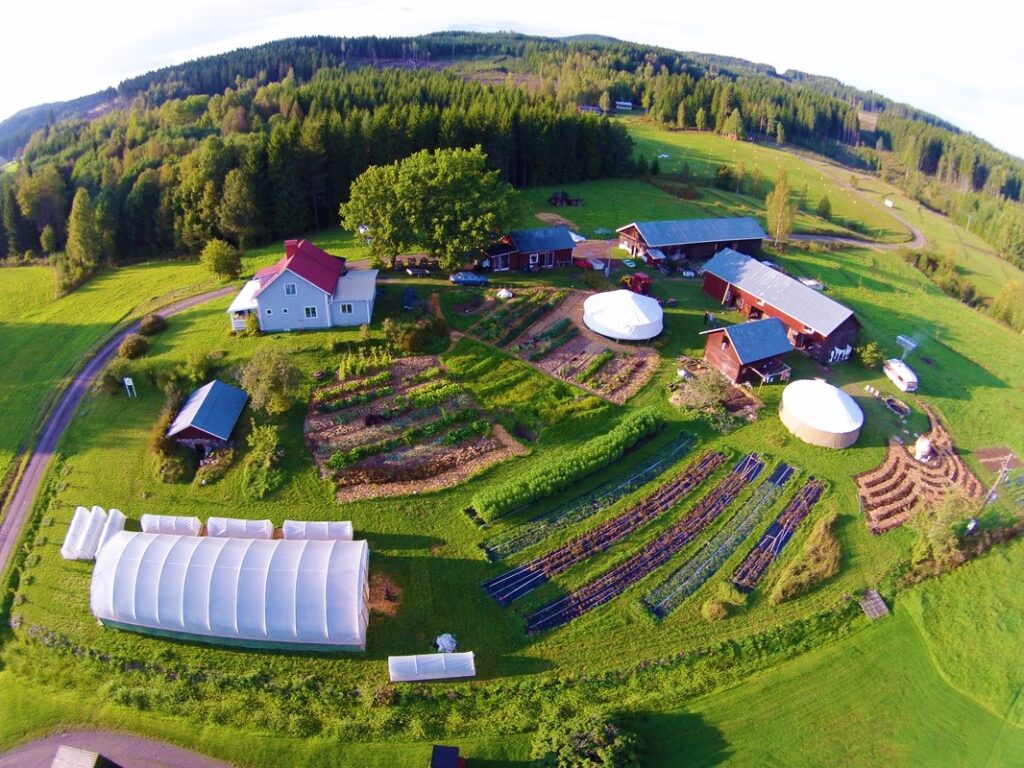 Agriculture and Forestry
Agriculture and Forestry Arts, Culture, and Recreation
Arts, Culture, and Recreation Buildings, Housing, and Real Estate
Buildings, Housing, and Real Estate Business and Commerce
Business and Commerce Civil Engineering
Civil Engineering Communication
Communication Construction
Construction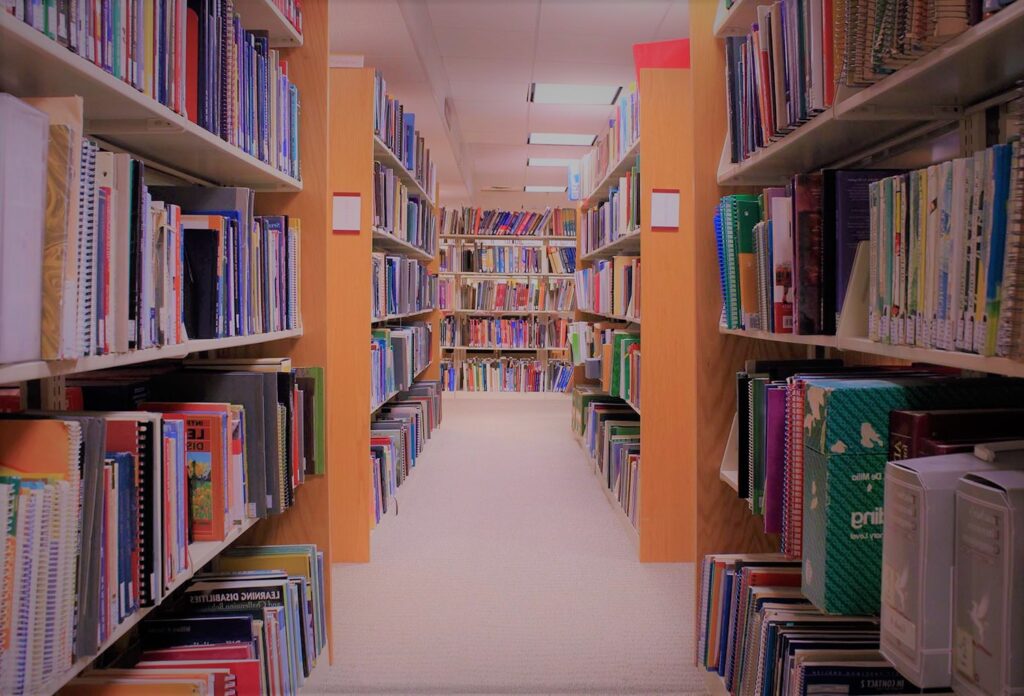 Education
Education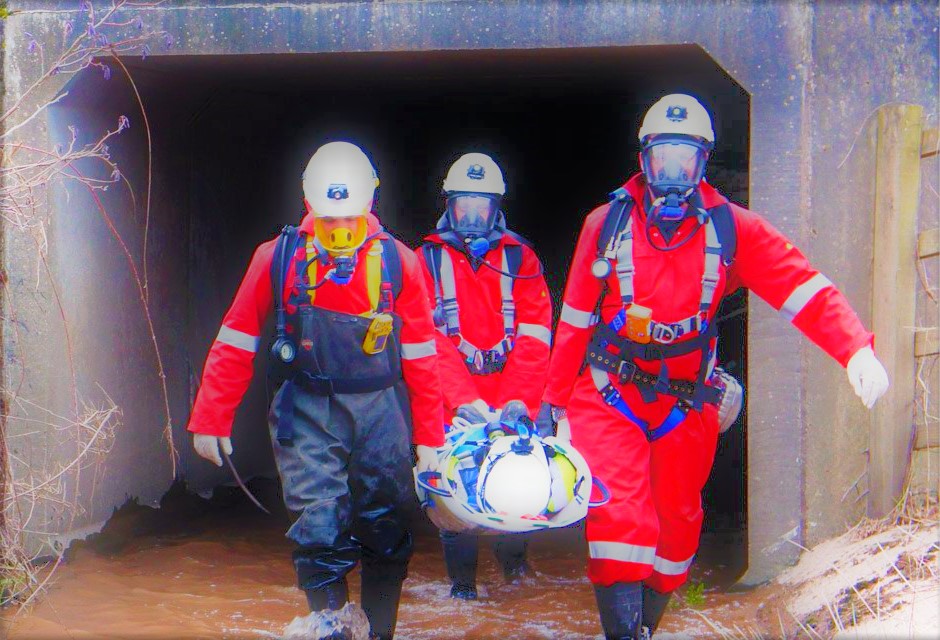 Emergency Management and Public Safety
Emergency Management and Public Safety Employment
Employment Energy
Energy Environment
Environment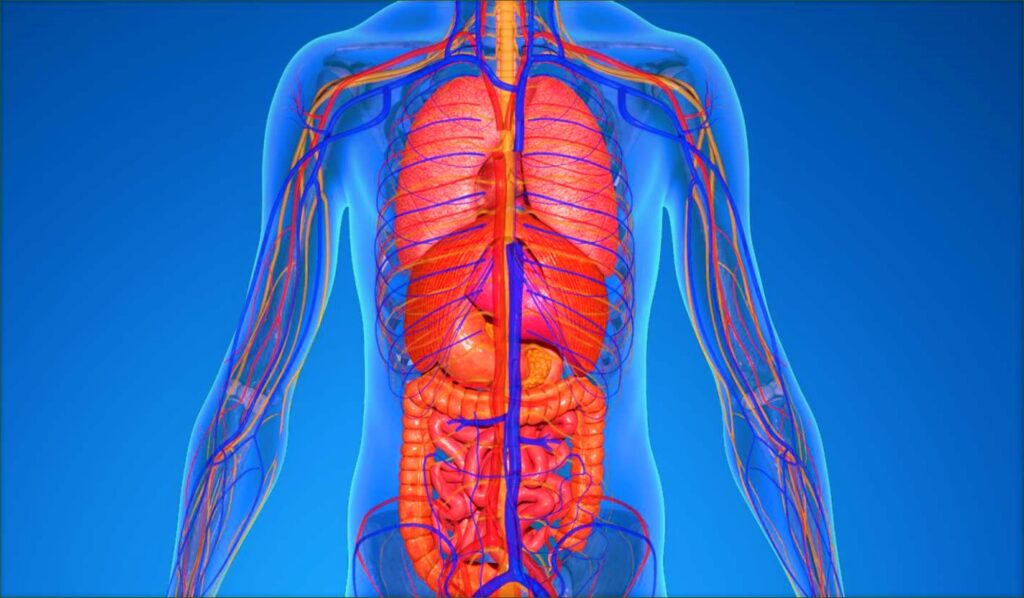 Health
Health Law Enforcement, Military, and Security
Law Enforcement, Military, and Security Manufacturing
Manufacturing Resources
Resources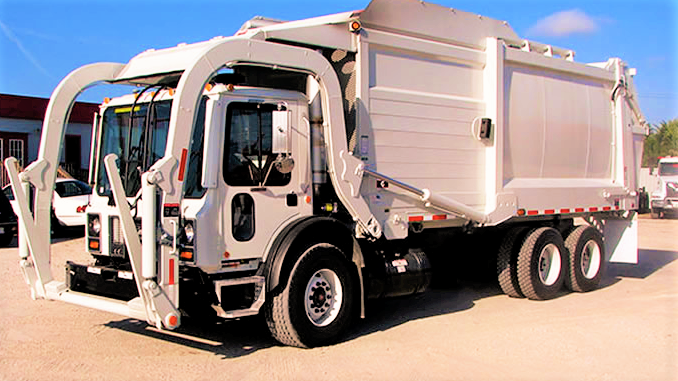 Sanitation and Waste Management
Sanitation and Waste Management Social Services
Social Services Transportation
Transportation Utilities
Utilities Accounting and Auditing
Accounting and Auditing Architecture and Engineering
Architecture and Engineering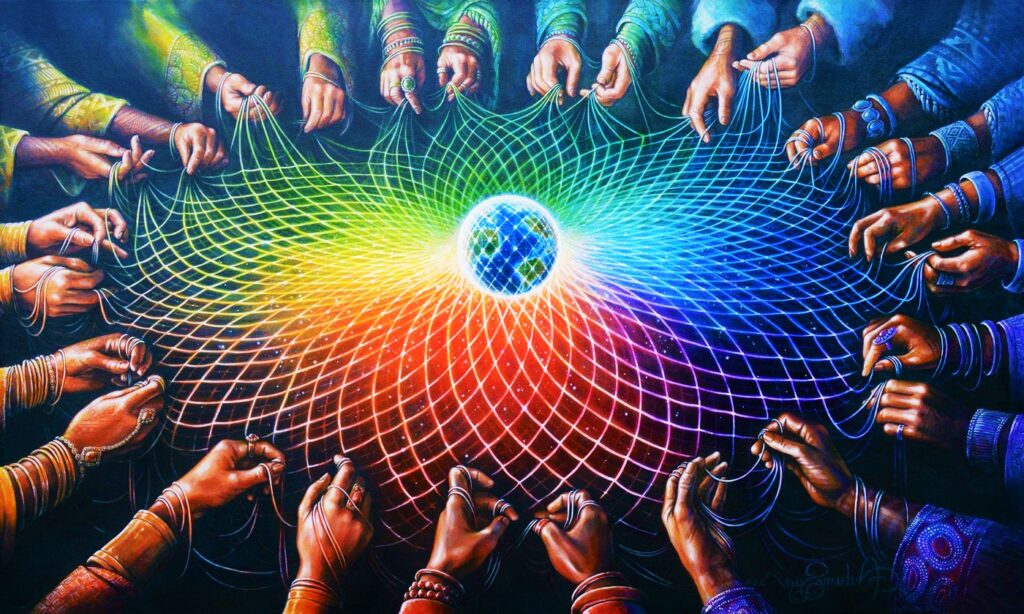 Community Relations
Community Relations Computers and IT
Computers and IT Data, Statistics, and Analytics
Data, Statistics, and Analytics Economics
Economics Ethics and Philosophy
Ethics and Philosophy Finance
Finance Human Resources
Human Resources Information
Information Innovation and Technology
Innovation and Technology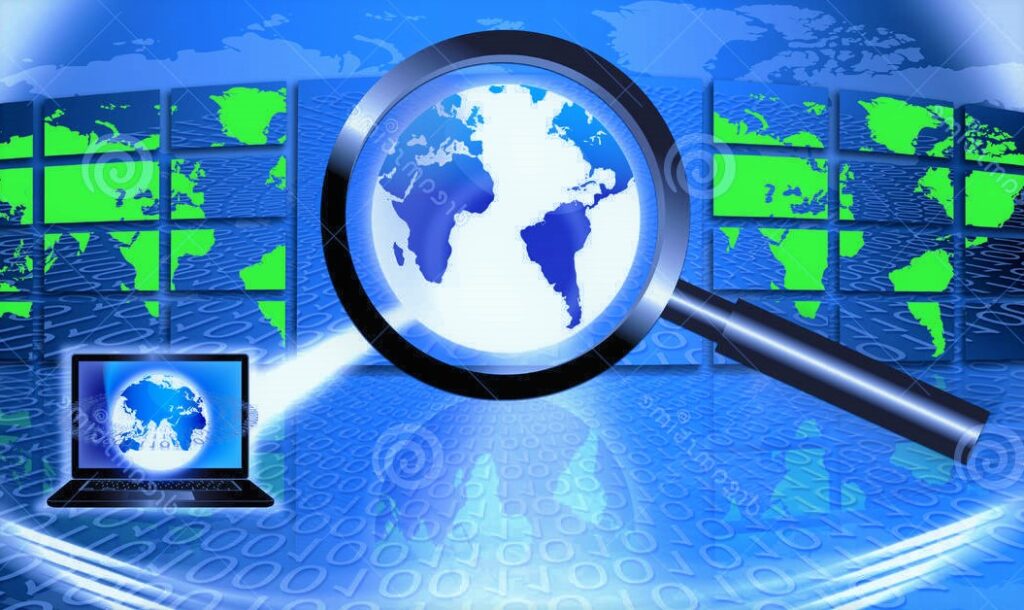 Inspection and Investigation
Inspection and Investigation Law
Law Maintenance and Repairs
Maintenance and Repairs Management and Governace
Management and Governace Media and Social Media
Media and Social Media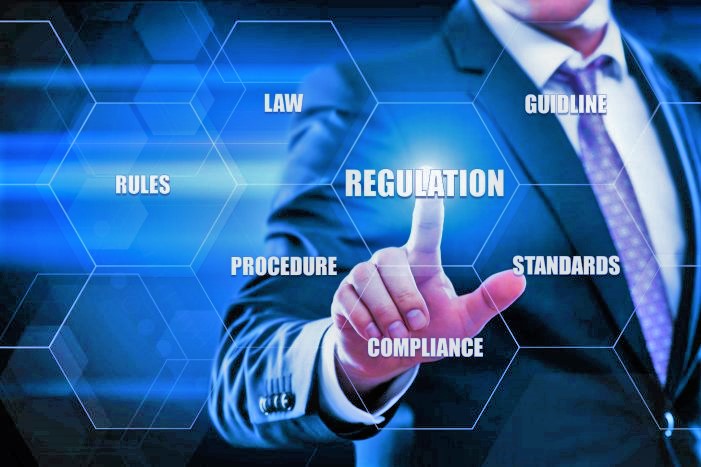 Policy, Rules, and Regulations
Policy, Rules, and Regulations Procurement and Contracting
Procurement and Contracting Records and Archives
Records and Archives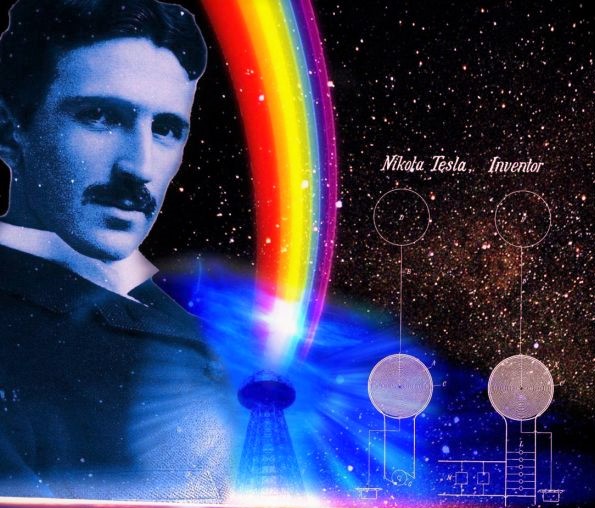 Science
Science